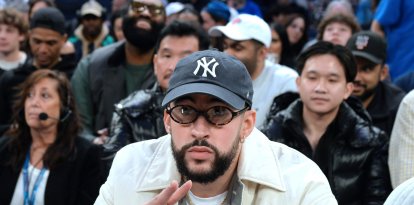Swift earthquake: two concerts in Seattle trigger 2.3-magnitude seismic activity
The singer Taylor Swift is currently on tour with her Eras Tour. More than 70,000 fans came to see her in the city, and their energy caused an earthquake.

(Michael Hicks / Flickr)
Taylor Swift added one more accomplishment to her long list of milestones: her two concerts in Seattle triggered a 2.3-magnitude earthquake. It wasn't really the concert itself, but the fans who came to see them. At both shows, which took place on July 22 and 23, Swift had more than 70,000 fans turn out to see her.
The date was marked on the calendar for months for Swift to play at Lumen Field as part of her Eras Tour, and many of her die-hard fans didn't want to miss the opportunity to see her perform live, even if they didn't have a ticket for the show. Finally, more than 70,000 people gathered in the vicinity of the stadium. The energy, enthusiasm and passion of these excited fans, who jumped in unison several times in succession triggered the small earthquake of 2.3 that was recorded on both days of the singer's performance.
This is not the first time that this phenomenon, in which the earth causes movements similar to a real earthquake, has been detected. It was also recorded in 2011, when the city's NFL team, the Seahawks, won a playoff game and the excited fans also triggered a small seismic movement.
At the time, seismologist and professor of geology at Western Washington University, Dr. Jackie Caplan-Auerbach, was commissioned to study it. She explained to CNN the seismic movements detected by her team at Taylor Swift's shows while she was performing her hit "Shake It Off":
RECOMMENDATION





















